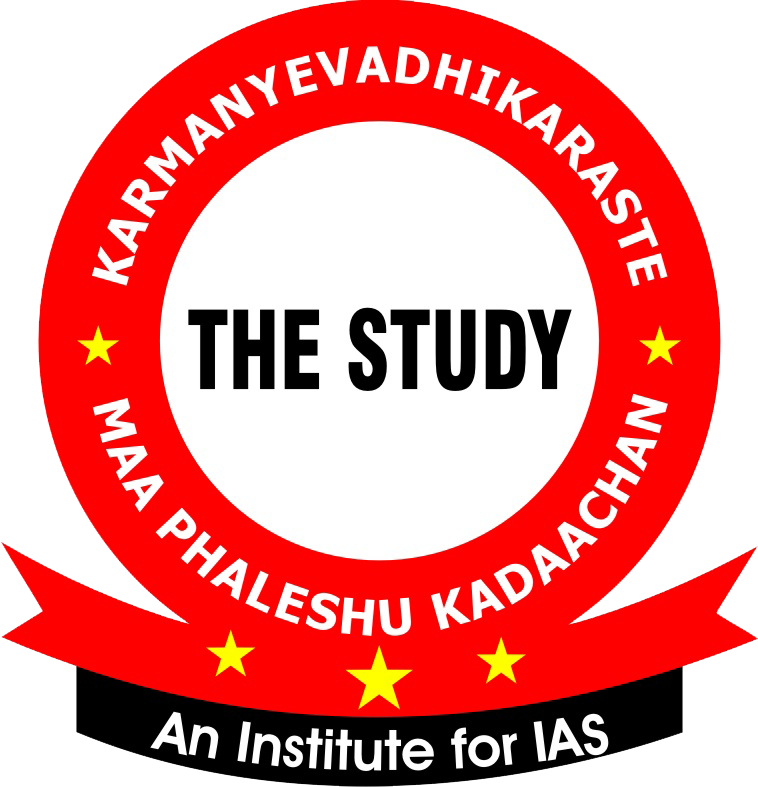U.S. - India Defence Ties
U.S. - India Defence Ties
Why in the news?
- The United States Secretary of Defense, Lloyd Austin, visited India to enhance the significant defense partnership and promote cooperation in crucial domains.
About Defence Ties
- The visit focused on reinforcing the defense ties between the two countries, which have gained momentum in recent years.
- During his visit, an important milestone was achieved with the signing of the initiative on Critical and Emerging Technologies (iCET) Agreement, which outlines a road map for defense industrial cooperation. The process of implementing this agreement has also been set in motion.
Objective of Recent Visit
The visit had two main objectives: technological innovation and growing military cooperation.
- The primary goal was to strengthen bilateral defense ties by developing a road map for collaboration in the defense industry.
- The road map aims to promote co-development and co-production initiatives, fostering stronger connections between the defense sectors of both countries.
- The significant level of US investment in India, extending beyond the Indo-Pacific region, provides a compelling opportunity to foster extensive industrial collaboration between Indian and US companies in the defense sector.
Critical and Emerging Technology (iCET)
- The Initiative on Critical and Emerging Technology (iCET) was proposed during a meeting between the Indian Prime Minister and the U.S. President at the Tokyo summit of the Quadrilateral Security Dialogue (QUAD) in May.
Aim
The objective of iCET is to broaden the partnership between India and the United States in critical and emerging technologies. This collaboration aims to stimulate global growth, strengthen economic competitiveness, and safeguard shared national security interests. Additionally, it aligns with India's self-reliance mission by reducing dependence on imports.
- The initiative is jointly led by the secretariat of National Security Councils of India and National Security Council of USA.
- iCET aims to facilitate collaboration among government, academia, and industry in critical areas such as artificial intelligence (AI), quantum computing, 5G/6G communication technology, biotechnology, space technology, and semiconductors, with the goal of driving innovation and advancement.
Under iCET, the focus areas for co-development and co-production have been identified as follows:
- Strengthening the innovation ecosystem
- Defense innovation and technology cooperation
- Flexible semiconductor supply chain
- Space technology
Armed Drones
- An announcement regarding the acquisition of armed drones from a U.S. firm is expected during the Prime Minister's visit.
Indus -X
- The launch of a new initiative called Indus-X aims to boost defence innovation engagement between the United States and India.
- The Indus-X initiative builds upon the U.S.-India bilateral Space Situational Awareness arrangement signed in 2022.
- The Space Situational Awareness arrangement focuses on enhancing information-sharing and cooperation in the space sector.
- New areas for cooperation in defence space exchanges have been identified based on collaboration between the U.S. Space Command and India's Defence Space Agency.
Major Defense Partner-
- India's 'Major Defence Partner' (MDP) status, coupled with the signing of four foundational agreements with the U.S., enables the sharing of technology and facilitates more frequent cooperation between the two countries.
- These agreements not only facilitate the sharing of sensitive technologies without requiring India to become an ally, but they also serve as effective mechanisms to prevent setbacks caused by procedural difficulties or structural differences.
Four Foundational Defense Agreement
- India was not designated as a Major Defence Partner of the United States until 2016. Following that, four strategic agreements were signed between the two countries:
- Logistics Exchange Memorandum of Agreement (LEMOA) - 2016
- India-US Strategic Energy Partnership - 2017
- Communications Compatibility and Security Agreement (COMCASA) - 2018
- The Basic Exchange and Cooperation Agreement (BECA) - 2020
The Indo-Pacific Imperative
- During the 2022 2+2 Ministerial Dialogue, the U.S. highlighted the U.S.-India defense partnership as crucial in the Indo-Pacific region.
- The dialogue addressed challenges posed by China, including its actions in the region and Russia's aggressive behavior towards Ukraine.
- International issues such as terrorism and climate change were also discussed.
- Both countries identified China as a significant and common challenge in the region.
- The U.S. China Military Power Report 2022 indicated an expected increase in China's naval presence in the Indo-Pacific regions.
- The objective is to foster robust industrial cooperation among defense sector companies, with a particular focus on meeting the needs of the Indo-Pacific region.
- Key trends in the U.S.-India defense cooperation include fostering joint ventures between companies, boosting defense manufacturing in India, and removing barriers to co-development and co-production.
- Prominent American companies, including Boeing, Lockheed Martin, BAE Systems, Honeywell Aerospace, Raytheon, and Textron, have formed partnerships with Indian counterparts such as Hindustan Aeronautics Limited and Tata Group.
*****

